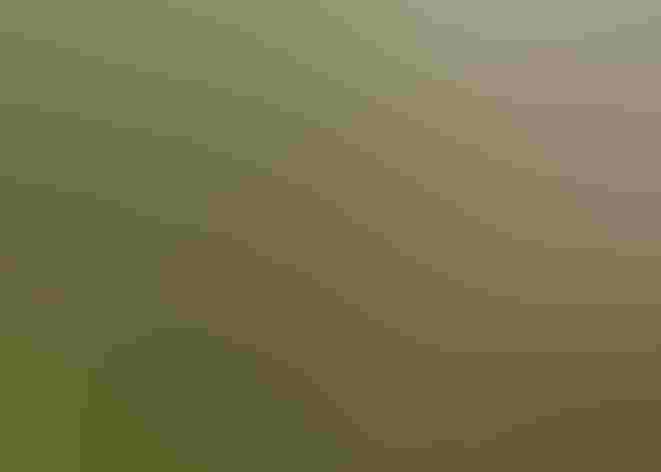American Kestrel
At a Glance
Our smallest falcon, the kestrel is also the most familiar and widespread in North America. In open country it is commonly seen perched on roadside wires, or hovering low over a field on rapidly beating wings, waiting to pounce on a grasshopper. Kestrels nest in cavities in trees; in places where there are few large dead snags to provide nest sites, they may rely on nesting boxes put up for them by conservationists.
All bird guide text and rangemaps adapted from Lives of North American Birds by Kenn Kaufman© 1996, used by permission of Houghton Mifflin Harcourt Publishing Company. All rights reserved.
Category
Falcons, Hawk-like Birds
Conservation
Low Concern
Habitat
Arroyos and Canyons, Coasts and Shorelines, Desert and Arid Habitats, Fields, Meadows, and Grasslands, Forests and Woodlands, Shrublands, Savannas, and Thickets, Urban and Suburban Habitats
Region
Alaska and The North, California, Eastern Canada, Florida, Great Lakes, Mid Atlantic, New England, Northwest, Plains, Rocky Mountains, Southeast, Southwest, Texas, Western Canada
Behavior
Flap/Glide, Hovering, Soaring
Population
9.200.000
Range & Identification
Migration & Range Maps
Many kestrels in southern or middle latitudes are permanent residents, while northern birds may migrate far to the south. Young birds may tend to migrate farther than adults.
Description
9-12" (23-30 cm). W. 22 (56 cm). Relatively small and long-tailed, with two sharp face stripes. Female all red-brown above with narrow dark bars, including on tail. Male has red-brown tail with black tip, red-brown back contrasting with blue-gray wings.
Size
About the size of a Crow, About the size of a Robin
Color
Black, Blue, Gray, Red, White, Yellow
Wing Shape
Long, Rounded, Swept, Tapered
Tail Shape
Long, Rounded
Songs and Calls
Shrill killy-killy-killy.
Call Pattern
Flat, Simple
Call Type
Scream
Habitat
Open country, farmland, cities, wood edges. Inhabits any kind of open or semi-open situation, from forest clearings to farmland to desert, wherever it can find adequate prey and some raised perches. In breeding season, may be limited to habitats that also provide appropriate nesting sites. In winter, females may tend to be found in more open habitats than males.
Sign up for Audubon's newsletter to learn more about birds like the American Kestrel
Behavior
Eggs
4-6, rarely 2-7. White to pale brown, usually spotted with brown and gray. Incubation is by both parents, usually 28-31 days.
Young
Female remains with young most of time at first, while male brings food; after 1-2 weeks, female hunts also. Age of young at first flight about 28-31 days. Parents continue to feed young up to 12 days after fledging; later, these juveniles may gather in groups with young from other nests.
Feeding Behavior
Hunts mostly by watching from a high perch, then swooping down to capture prey. Sometimes, especially when no good perch available, hovers over fields to watch for prey. May pursue and catch insects, birds, or bats in flight. Individual kestrels often specialize on one particular kind of prey.
Diet
Mostly large insects; also some small mammals, birds, reptiles. Grasshoppers are among the favored prey, but many other large insects are taken, including beetles, dragonflies, moths, caterpillars, others. Also feeds on mammals (including voles, mice, and sometimes bats), small birds (sometimes up to the size of quail), lizards, frogs, earthworms, spiders, crayfish, other items.
Nesting
During courtship displays, female flies slowly with stiff, fluttering wingbeats, the wings held just below horizontal. Male repeatedly flies high, calling, and then dives. Male brings food for female, passes it to her in flight. Nest site is in cavity, usually in dead tree or snag, sometimes in dirt bank or cliff, or in old magpie nest. In southwest, often in holes in giant cactus. Also uses artificial nest boxes. Sites usually 10-30' up, but may be at any height.
Climate Vulnerability
Conservation Status
Counts of migrants suggest declining numbers in the northeast in recent years, but numbers elsewhere still healthy. Providing of nest boxes has helped populations in some areas.
Climate Threats Facing the American Kestrel
Choose a temperature scenario below to see which threats will affect this species as warming increases. The same climate change-driven threats that put birds at risk will affect other wildlife and people, too.










